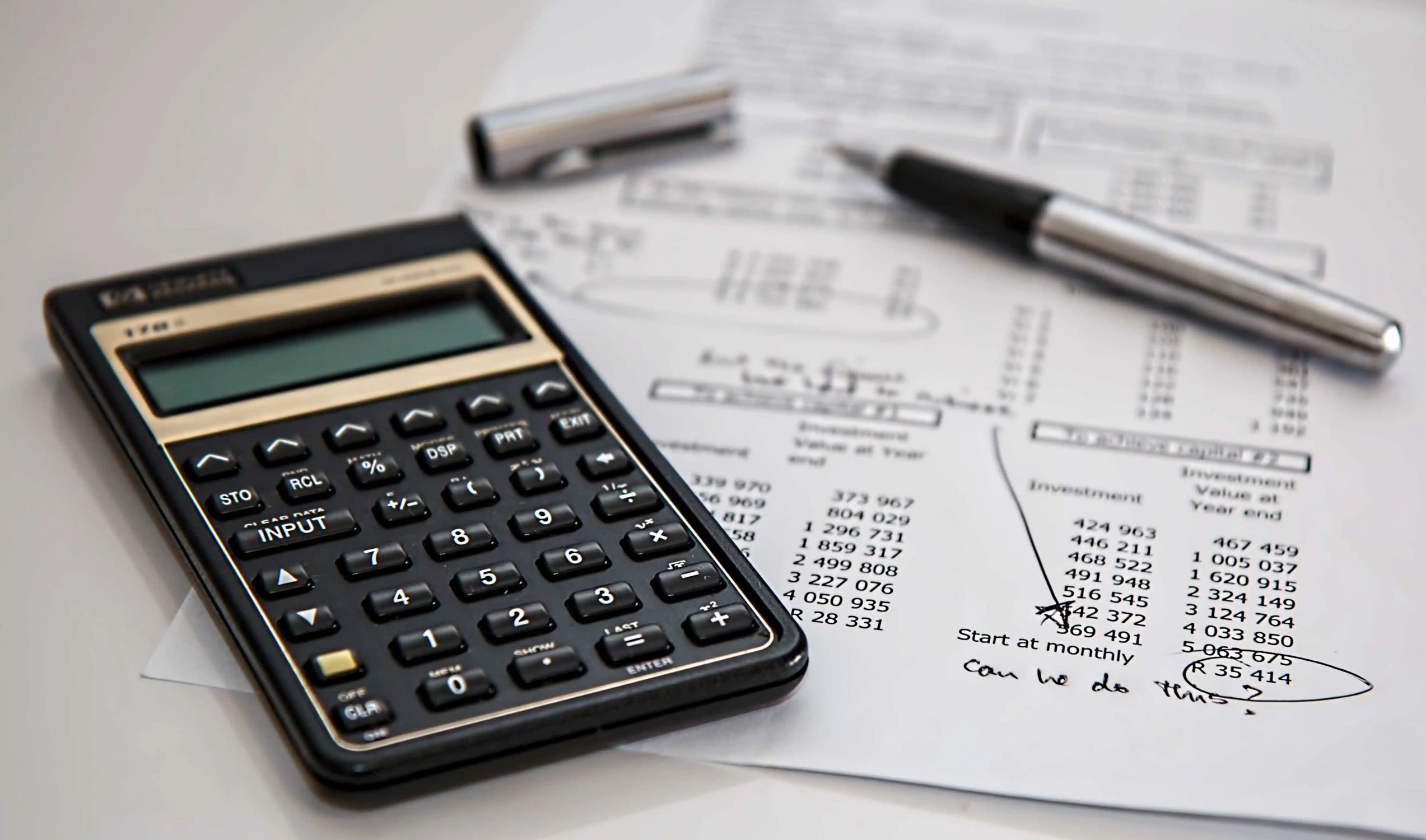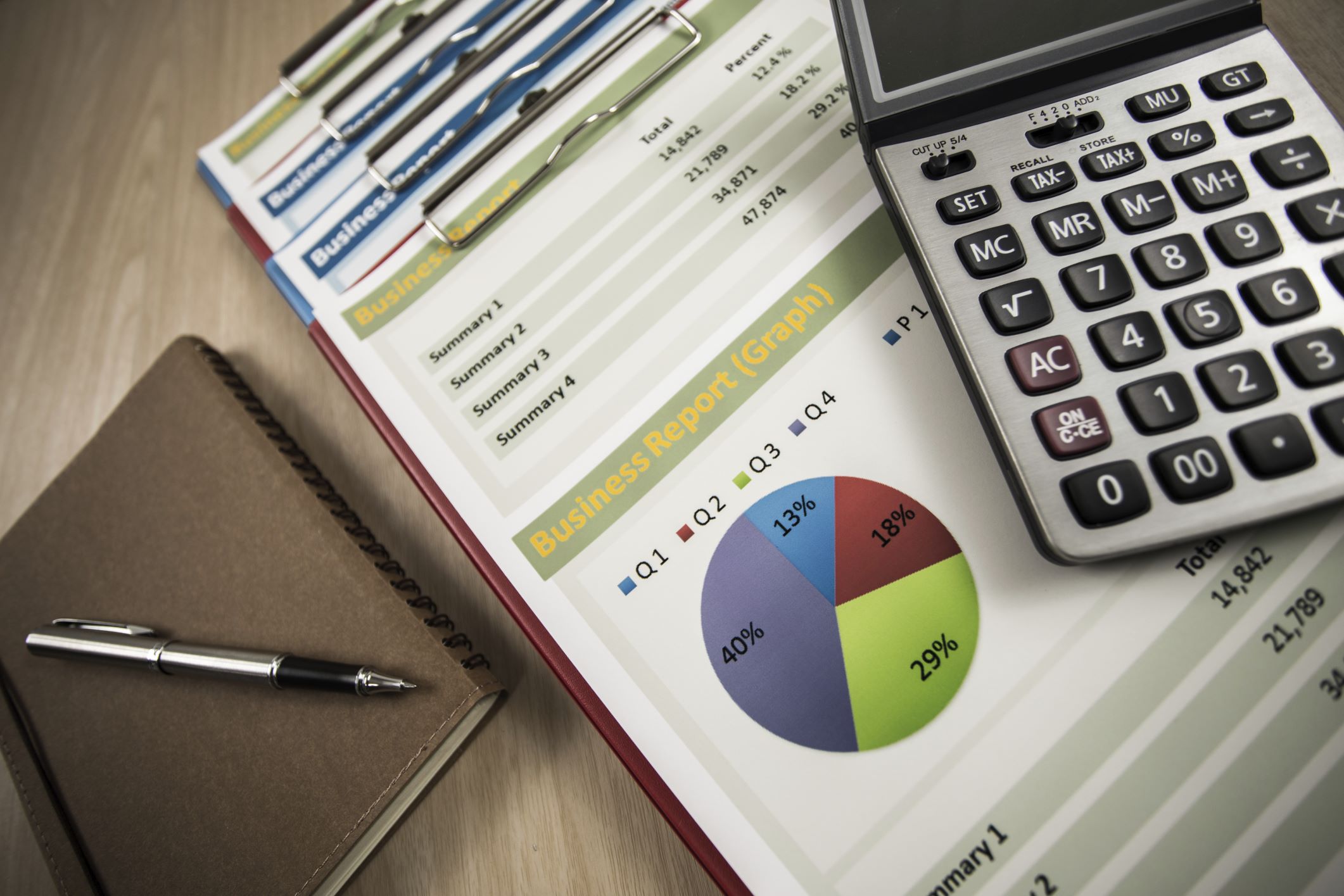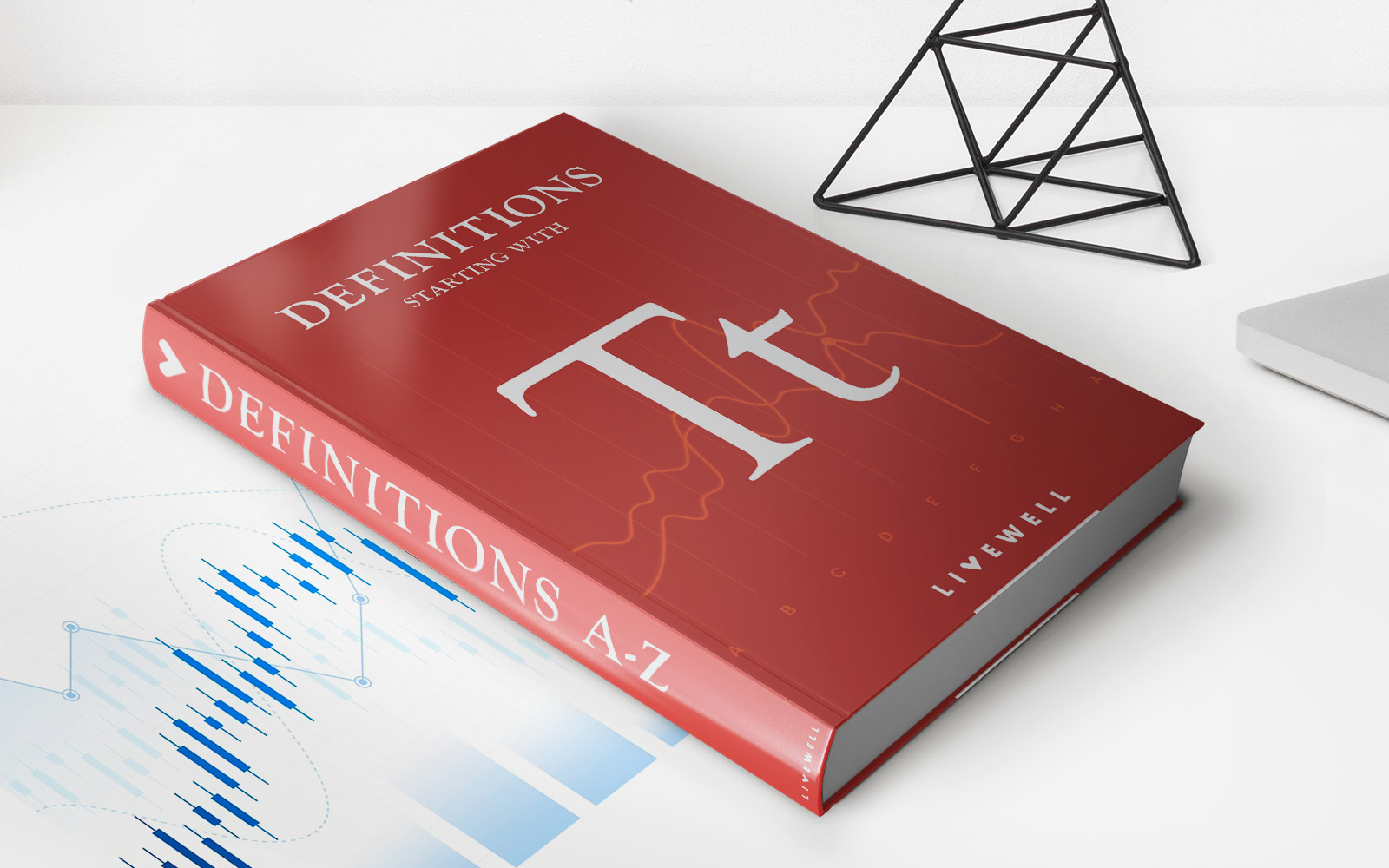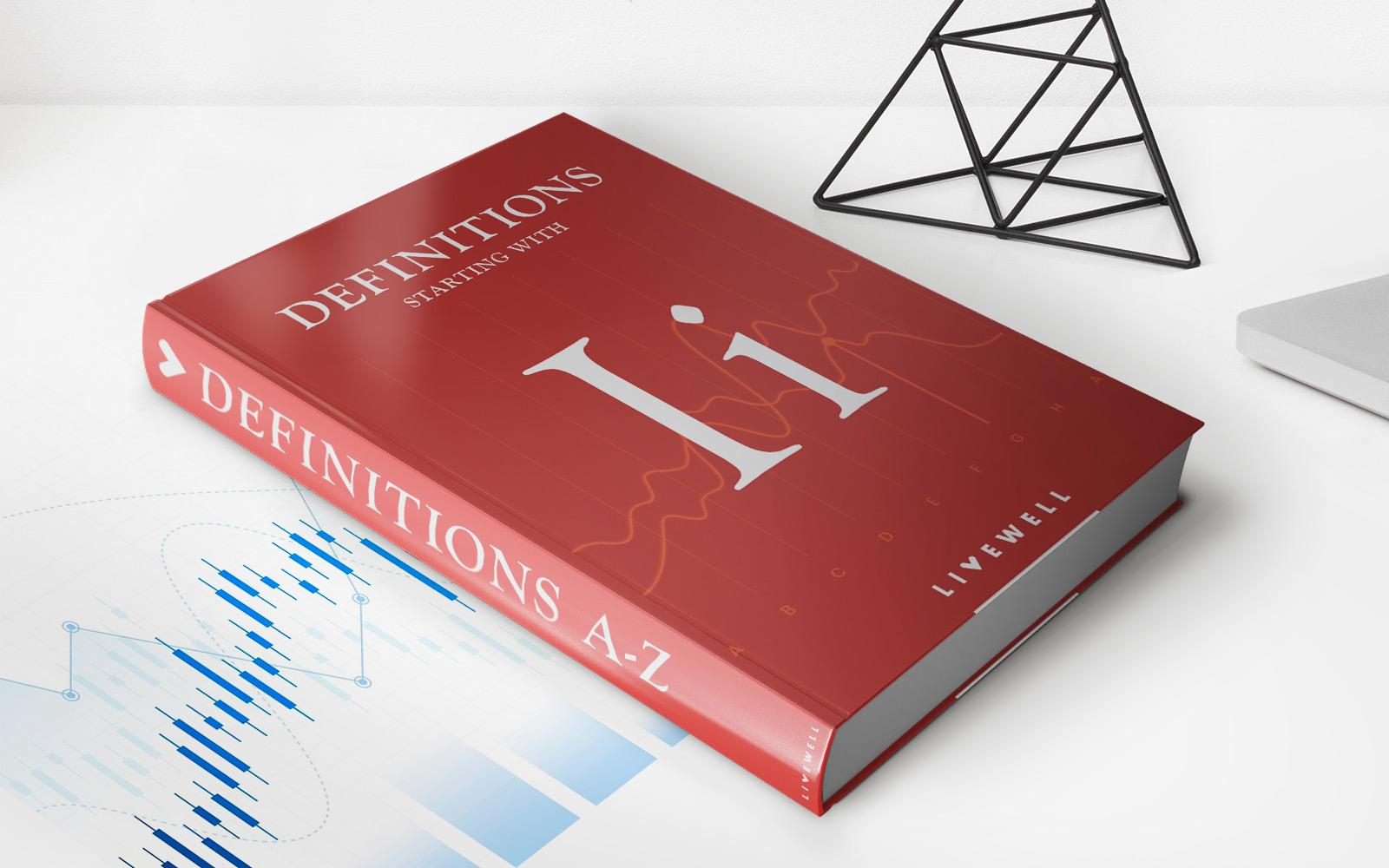

Finance
What Is A Period Cost In Accounting
Modified: February 21, 2024
Learn about the concept of period costs in accounting and their significance in finance. Understand how these costs are different from product costs and their impact on financial statements.
(Many of the links in this article redirect to a specific reviewed product. Your purchase of these products through affiliate links helps to generate commission for LiveWell, at no extra cost. Learn more)
Table of Contents
Introduction
In the world of accounting, understanding the various costs incurred by a company is essential for accurate financial reporting. One significant category of costs is known as period costs. These costs play a crucial role in determining the overall financial health of a company and can have a direct impact on its profitability.
Period costs refer to expenses incurred by a business that are not directly tied to the production or acquisition of goods or services. Instead, they are costs that are associated with a specific period, such as a month, quarter, or year. Unlike product costs, which are incurred to manufacture or acquire goods for sale, period costs are expensed in the period in which they occur.
Understanding period costs is vital for both financial reporting and decision-making purposes. By properly categorizing and analyzing these costs, companies can accurately assess their operational efficiency, determine the true costs of their products or services, and make informed decisions to improve profitability.
Throughout this article, we will delve deeper into the definition of period costs, explore some common examples, highlight the key differences between period costs and product costs, discuss the various types of period costs, examine their accounting treatment, and emphasize their importance in financial statements.
Definition of Period Cost
Period costs are expenses incurred by a business that are not directly related to the production or acquisition of goods or services. These costs are considered as general operating expenses and are incurred over a specific period of time, such as a month, quarter, or year. They are not associated with the manufacturing process or the cost of goods sold.
Period costs are necessary for the day-to-day operations of a business and are essential for running the company smoothly. Examples of period costs include rent, utilities, insurance premiums, salaries, advertising expenses, and administrative costs. These expenses are typically recurring and are charged to the income statement in the period in which they occur.
It is important to distinguish period costs from product costs. Product costs, also known as inventory costs, are associated with the production or acquisition of goods for sale. They include direct materials, direct labor, and manufacturing overhead. Product costs are initially recorded as assets and are only expensed when the products are sold, in the form of cost of goods sold (COGS).
The distinction between period costs and product costs is crucial for proper financial reporting. While product costs are directly tied to the cost of producing goods, period costs are more related to the overall functioning of the business. Period costs are necessary for the business to operate and generate revenue, but they do not contribute directly to the creation of the end product or service.
By properly classifying and tracking period costs, companies can accurately assess their operating expenses, evaluate their profitability, and make informed decisions to control costs and improve efficiency. It also helps in comparing the financial performance of different time periods and benchmarking against industry standards.
Examples of Period Costs
Period costs can vary depending on the nature of a business and its operations. Here are some common examples of period costs:
- Rent or Lease Payments: The cost of renting or leasing office space, manufacturing facilities, or retail space is considered a period cost. These expenses are incurred regularly and are necessary for the day-to-day operations of the business.
- Utilities: Expenses related to electricity, water, gas, and other utilities needed to run a business are considered period costs. These costs are ongoing and are essential for maintaining a functional work environment.
- Salaries and Wages: The wages and salaries paid to employees who are not directly involved in the production of goods or services, such as administrative staff, sales representatives, and management, are considered period costs. These costs are incurred regularly as part of the business’s ongoing operations.
- Advertising and Marketing Expenses: Costs associated with promoting the business, such as advertising campaigns, digital marketing efforts, and public relations activities, fall under the category of period costs. These expenses are essential for attracting customers and generating sales.
- Insurance Premiums: Payments made for business insurance policies, including property insurance, liability insurance, and professional liability insurance, are considered period costs. These expenses are incurred regularly to protect the business from potential risks and liabilities.
- Depreciation: The cost of depreciation for assets like buildings, furniture, and equipment used in the business over time is considered a period cost. Depreciation expenses are allocated over the useful life of the assets and are recognized periodically.
- Professional Fees: Expenses related to professional services, such as legal fees, accounting fees, and consulting fees, are considered period costs. These costs are incurred periodically for expert advice and support in various aspects of the business.
- Office Supplies: The cost of office supplies, such as stationery, printer ink, paper, and other consumables, falls under the category of period costs. These expenses are incurred regularly to maintain the day-to-day operations of the business.
These examples provide a glimpse into the various types of period costs that businesses commonly encounter. It is important for companies to track and record these costs accurately to assess their overall financial health and make informed decisions about cost management and profitability.
Difference between Period Costs and Product Costs
Period costs and product costs are two distinct categories of expenses within a business. Understanding the differences between these costs is crucial for accurate financial reporting. Here are the key distinctions:
1. Nature of Expenses:
Period Costs: Period costs are expenses that are incurred to support the overall operation of a business, such as rent, utilities, salaries, advertising, insurance premiums, and administrative costs. These costs are not directly tied to the production or acquisition of goods or services.
Product Costs: Product costs, also known as inventory costs, are expenses associated with the manufacturing or acquisition of goods for sale. They include the cost of direct materials, direct labor, and manufacturing overhead. These costs are necessary to produce or acquire the goods that generate revenue for the company.
2. Timing of Recognition:
Period Costs: Period costs are recognized and expensed in the period in which they occur. They are typically recorded on the income statement as operating expenses.
Product Costs: Product costs are initially recorded as assets on the balance sheet when the goods are produced or acquired. They are only expensed when the products are sold, in the form of cost of goods sold (COGS).
3. Financial Statements Impact:
Period Costs: Period costs are included in the income statement and directly impact the net income of a business. They are important for evaluating the overall profitability of the company.
Product Costs: Product costs are reflected in the cost of goods sold (COGS) section of the income statement. They are essential for determining the gross profit margin of the business.
4. Inventory Valuation:
Period Costs: Period costs are not included in the valuation of inventory. They are expensed as operating expenses and are not part of the cost of goods sold.
Product Costs: Product costs are included in the valuation of inventory. They are considered part of the cost of goods sold and are crucial for determining the value of the inventory on the balance sheet.
Understanding the distinction between period costs and product costs is essential for accurate financial reporting and decision-making. By properly categorizing and tracking these costs, businesses gain a clearer understanding of their cost structure, profitability, and overall financial performance.
Types of Period Costs
Period costs can be categorized into several different types based on the nature of the expenses. Understanding the various types of period costs can provide valuable insights into the specific areas of a business where these costs are incurred. Here are some common types of period costs:
1. Selling and Marketing Costs: These costs are associated with promoting and selling a company’s products or services. They include advertising expenditures, sales commissions, marketing campaign costs, trade show expenses, and other costs directly related to driving sales and generating revenue.
2. Administrative Costs: Administrative costs are incurred to support the general operations of a business. These costs include salaries of administrative staff, office supplies, office rent, utilities, insurance premiums, legal fees, and other expenses necessary for the smooth running of the business.
3. Research and Development (R&D) Costs: R&D costs are incurred by businesses engaged in developing new products, processes, or technologies. These costs include salaries and wages of R&D staff, research materials and supplies, equipment expenses, and any other costs directly related to R&D activities.
4. Training and Development Costs: Training and development costs are incurred to enhance the skills and knowledge of employees. These costs may include employee training programs, workshops, seminars, external courses, professional certifications, and other costs related to employee development and skill-building.
5. IT and Technology Costs: IT and technology costs refer to expenses incurred for the maintenance and operation of information technology systems within a business. These costs include software licenses, hardware purchases and maintenance, IT infrastructure, data storage, cybersecurity measures, and IT support services.
6. Quality Control and Assurance Costs: Quality control and assurance costs are incurred to ensure that products or services meet the desired quality standards. These costs may include quality testing, inspection costs, quality control personnel salaries, quality assurance certifications, and any costs related to maintaining quality control processes and procedures.
7. Customer Service Costs: Customer service costs refer to expenses incurred to provide support and assistance to customers. This includes salaries of customer service representatives, training costs for customer support, customer service software, call center expenses, and any other costs related to serving and satisfying customer needs.
It is important to note that these types of period costs may vary depending on the industry and the specific operations of a business. By understanding the different types of period costs, companies can better identify and allocate expenses, assess their cost structure, and make informed decisions to optimize their overall financial performance.
Accounting Treatment of Period Costs
The accounting treatment of period costs involves recognizing and recording these expenses in the period in which they are incurred. Unlike product costs, which are initially recorded as assets and then expensed when the products are sold, period costs are expensed immediately.
Period costs are recorded on the income statement as operating expenses. They are deducted from the company’s revenue to calculate the net income. The most common accounts used to record period costs include:
- Rent Expense: This account is used to record the cost of renting or leasing office space, manufacturing facilities, or retail space.
- Utilities Expense: The utilities expense account is used to record the cost of electricity, water, gas, and other utilities required for the operation of the business.
- Salaries and Wages Expense: This account is used to record the cost of employee salaries and wages for non-production related activities, such as administrative staff or sales representatives.
- Advertising Expense: The advertising expense account is used to record the costs associated with promoting the business and its products or services.
- Insurance Expense: This account is used to record the cost of insurance premiums for various types of business insurance.
- Depreciation Expense: Depreciation expense is recorded to allocate the cost of long-term assets (such as buildings, furniture, and equipment) over their useful life.
- Professional Fees Expense: Professional fees expense account is used to record expenses related to professional services such as legal fees, accounting fees, and consulting fees.
- Office Supplies Expense: This account is used to record the cost of office supplies consumed during the period.
When recording period costs, it is important to match the expenses with the revenues earned in the same accounting period. This concept is known as the matching principle, which ensures that expenses are properly allocated to the period in which they contributed to generating revenue.
By accurately recording and tracking period costs, businesses gain insights into their overall operating expenses, which helps in determining profitability, cost control, and decision-making. Additionally, it allows for the preparation of financial statements that accurately reflect the financial performance of the company.
Importance of Period Costs in Financial Statements
Period costs play a crucial role in financial statements as they provide valuable information about a company’s operating expenses and overall financial performance. Here are some reasons why period costs are important in financial statements:
1. Profitability Assessment: Period costs are directly related to the determination of a company’s profitability. By accurately tracking and reporting period costs, businesses can assess their operating expenses and calculate their net income. This information helps stakeholders, such as investors and creditors, evaluate the profitability and financial health of the company.
2. Cost Control and Efficiency: Monitoring and analyzing period costs allow businesses to identify areas of inefficiency and control expenses effectively. By understanding the breakdown of period costs, such as advertising, rent, salaries, and utilities, companies can make informed decisions to optimize their cost structure, improve efficiency, and enhance profitability.
3. Decision-Making Support: Accurate reporting of period costs provides essential information for decision-making. By analyzing period costs, businesses can evaluate the financial viability of various projects, assess the return on investment, and make informed decisions about resource allocation, pricing strategies, and cost-cutting initiatives.
4. Comparison over Time: Period costs facilitate the comparison of financial performance over different time periods. By consistently tracking and reporting period costs, businesses can identify trends, patterns, and changes in expenses over time. This information helps in assessing the effectiveness of cost management strategies and evaluating the financial progress of the company.
5. Benchmarking against Peers: Period costs also allow businesses to compare their financial performance against industry benchmarks. By analyzing similar companies within the industry, businesses can determine how their period costs compare to those of their competitors. This analysis helps identify areas where the company may be overspending or underperforming relative to their peers.
6. Compliance with Accounting Standards: Proper reporting of period costs ensures compliance with accounting standards and regulations. Accurate disclosure of period costs in financial statements, following generally accepted accounting principles (GAAP) or international financial reporting standards (IFRS), helps businesses meet reporting requirements and maintains transparency in financial reporting.
7. Stakeholder Communication: Period costs provide valuable information for communicating with stakeholders, such as shareholders, investors, lenders, and regulatory authorities. Accurate reporting of period costs in financial statements enhances trust, credibility, and transparency, enabling stakeholders to make informed decisions about their engagement with the company.
In summary, period costs are essential components of financial statements. Their accurate reporting and analysis assist in assessing profitability, monitoring expenses, making informed decisions, comparing financial performance, meeting compliance requirements, and effectively communicating with stakeholders. By properly understanding and managing period costs, businesses can optimize their financial performance and position themselves for long-term success.
Conclusion
Period costs are a vital aspect of accounting and financial reporting, providing valuable insights into a company’s operating expenses and overall financial performance. These costs, which are incurred over a specific period of time, include various expenses such as rent, utilities, salaries, advertising, insurance premiums, and administrative costs. Understanding period costs allows businesses to accurately assess their cost structure, profitability, and efficiency, enabling them to make informed decisions and improve their financial performance.
Period costs differ from product costs, which are associated with the production or acquisition of goods for sale, as they are expensed in the period in which they occur, while product costs are initially recorded as assets and expensed when the products are sold. It is crucial to properly classify and record period costs on the income statement to ensure accurate financial reporting and adherence to accounting standards.
By tracking and analyzing period costs, businesses can evaluate their profitability, control expenses, make informed decisions, and benchmark their performance against industry peers. Period costs help identify areas for cost reduction, optimize resource allocation, and enhance efficiency. Furthermore, period costs provide essential information for evaluating the financial health of a company and communicating with stakeholders, such as investors, creditors, and regulatory authorities.
In conclusion, understanding and effectively managing period costs are crucial for maintaining a healthy financial position and achieving long-term success. By accurately reporting and analyzing these costs, businesses can gain valuable insights, make informed decisions, and drive sustainable growth in today’s competitive business landscape.














